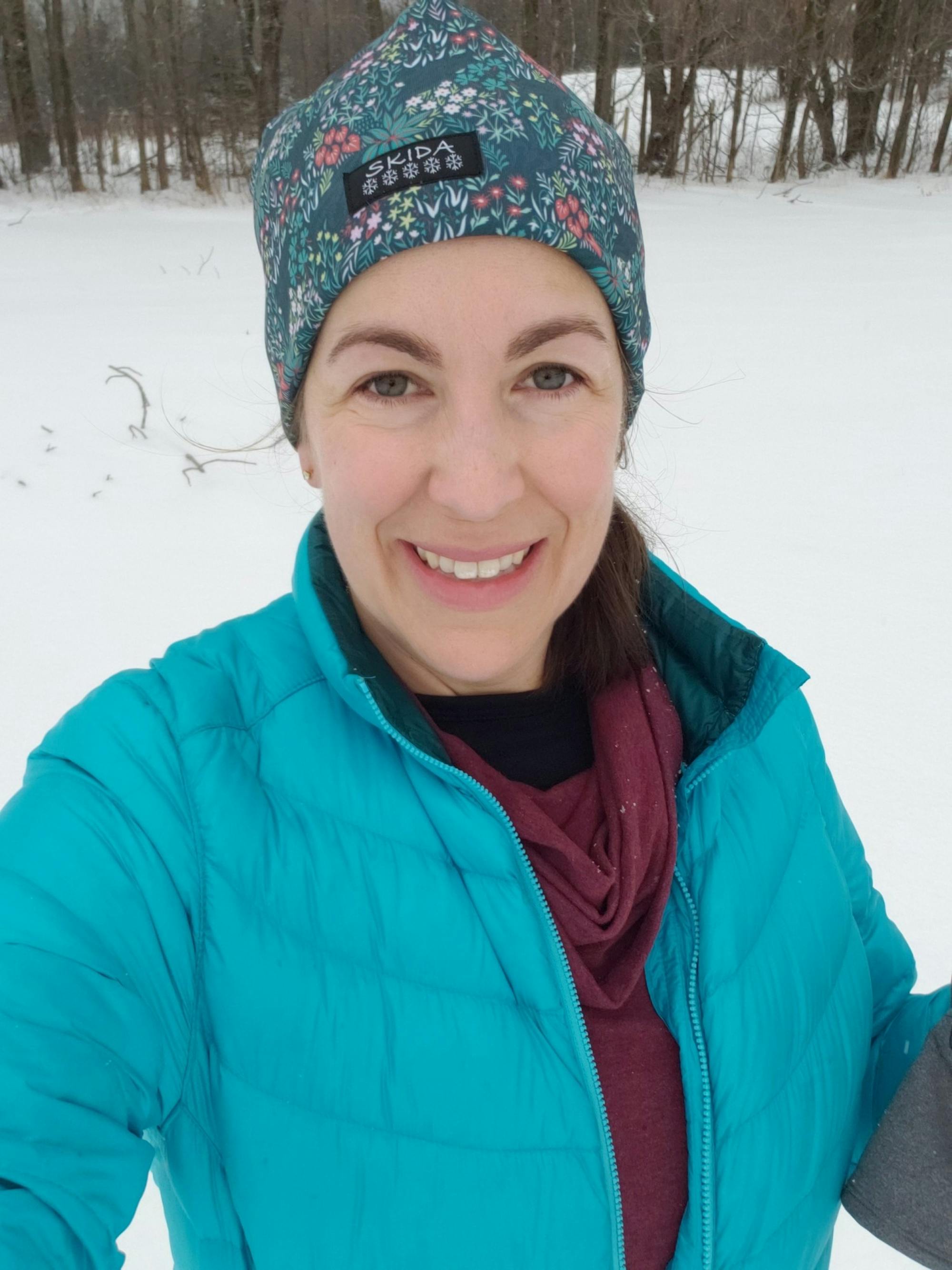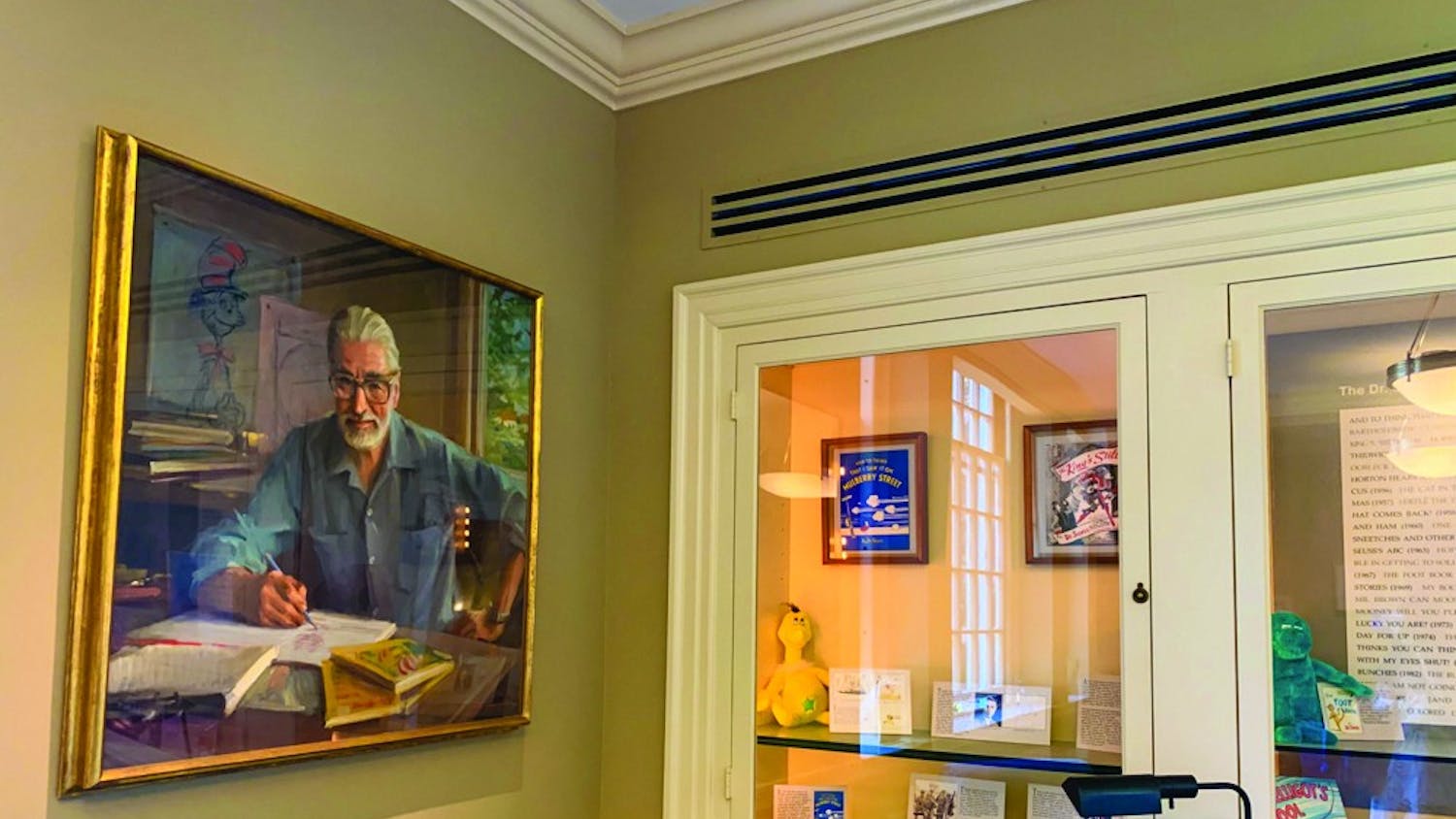The impacts of climate change are omnipresent. On Feb. 6, the temperature recorded on Antarctica climbed to 64.9 degrees F. according to one estimate — the highest temperature ever recorded on the continent. In the face of imminent danger from climate change, researchers try to find ways to mitigate the effects of global warming. One such researcher is biological sciences professor Caitlin Hicks Pries. Pries studies deep soil organic carbon and its implications in climate change. The Dartmouth sat down with Pries to learn more about her research and its impact on the environment.
What inspired you to start researching the carbon cycle, and when did you start?
CP: For my masters, I became really interested in how ecosystems could store carbon. I was thinking that I would get a masters in this and then we would have a carbon economy. I thought I would be working in the private sector helping companies get carbon credits — if we actually had a cap-and-trade system on the amount of CO2 that was being put into the atmosphere. This was back in 2005, when it really seemed like this carbon economy was just around the corner. Needless to say, now it’s 2020, and we don’t really have a carbon economy. We’re not really trading carbon; it exists, but it’s not the big thing that I was hoping it would be. So, that was the original reason that I got into it.
Then, while doing my masters, I was looking at how carbon can be stored in mangrove and seagrass ecosystems. You could restore wetlands, and that would have a whole host of benefits for ecosystems and water quality. It would also store carbon, and you could use that as a type of climate-change mitigation. And then, I got really interested in what’s happening in Alaska with thawing permafrost. With thawing permafrost, you have a lot of carbon that’s being put into the atmosphere. It’s a large positive feedback to climate change, whereby as the permafrost thaws because it’s getting warmer, microbes are now degrading the organic carbon stored in the permafrost and releasing it as CO2, which then causes more warming.
Now, here I am at Dartmouth; I’m still interested in what’s happening in the Arctic. We have a really strong history of doing Arctic research here, and I’ve done some research in Greenland on the carbon stored in soils in Greenland and what’s happening to that with warming. Most of this research on permafrost-carbon-climate change feedback has been in really moist or wet Arctic ecosystems, and a lot less has been done in these dry ecosystems, which is what Greenland is. My lab is trying to figure out what is making the carbon be released from these Greenland soils.
Could you speak a bit more about what your hopes were for the carbon economy?
CP: The idea is that we’d do a cap-and-trade. We’d cap the amount of CO2 emissions, and if a company wanted to emit more CO2, they would have to find a way to make that up by funding a program or some type of mitigation strategy that would take carbon out of the atmosphere and store it somewhere else. One of the most obvious ways to do that would be planting trees; what I focus on is soil carbon. It’s a step removed from the trees; you have carbon that’s coming from the plants, and that goes into the soil and gets stored for a longer time than it would if it was just in a tree. An offshoot of that is that we were going to have companies put money into these ways of taking carbon out of the atmosphere, which would have a lot of other benefits for the environment, whether it’s creating wetlands or planting and protecting forests. That was my hope for it. There are still voluntary programs where this is happening, but not on the scale that it would be if we had actually taken some political action to solve the climate change problem.
Your research pertains to deep Arctic soil. Can you explain how the release of carbon from this type of soil specifically impacts climate change?
CP: The amount of carbon in the atmosphere is 800 petagrams — that’s 10^15, so 15 zeros after 800 — but the amount stored in soils is three-to-four times that amount, and half of the carbon stored in soils is found in permafrost. In these really cold environments, the soil has been frozen by definition for more than two years, but in actuality, for thousands to hundreds of thousands of years. As permafrost shifts from being frozen to unfrozen, there’s this huge increase in microbial activity, which starts eating that carbon and respiring it into the atmosphere as carbon dioxide. Carbon dioxide is the main gas responsible for global warming. That’s why it’s such a concern; because there’s carbon in soils everywhere, but the only thing protecting this carbon in the Arctic is the fact that it’s frozen.
What is one finding within your research that you think everyone should know?
CP: Soils can hurt us, or they can help us when it comes to climate change. If we continue to degrade soils through intensive agriculture, plowing, cutting down forests and not addressing the root causes of climate change, soils will continue to lose carbon, and that will be a problem because it will make climate change worse. But we can work with soils. By improving the way we take care of land, planting deep-rooted plants, and having more forests and less lawns, we can help soils store more carbon, which can help mitigate climate change by taking carbon out of the atmosphere. Soils can be our friend in terms of climate change if we treat them well, but if we don’t, they’re our foe.
What are some things that Dartmouth does to reduce its carbon footprint? What are some things Dartmouth can do to reduce the impact of climate change?
CP: We can divest. I think divestment definitely would send a really strong message that Dartmouth cares about this issue. I think that the biomass plant, although there were some issues with it — it needs more research — showed that Dartmouth is trying to get away from heating oil as their main heating system. Divesting and looking at using more renewable forms of energy for the energy we use on campus would both be hugely helpful.
What do you think are the most drastic impacts of climate change, and which effects will be most severe in the near future?
CP: It really depends on where you are, so I’m going to focus on our region. For us, the most drastic thing that is going to happen is the loss of winter. It’s such an important part of our identity here in northern New England, and I think that the cultural impacts of losing winter will change the whole culture of the region, and I think that’s really sad. It will also impact ski industries and maple syrup production — these are things that are so important to what northern New England is as a landscape. The other really big impact is that it’s getting wetter here. Over the past 25 years, it’s gotten a lot wetter, and that is predicted to keep on increasing. That has a lot of implications for how we build our roads and flooding.
This interview has been edited and condensed for clarity and length.




